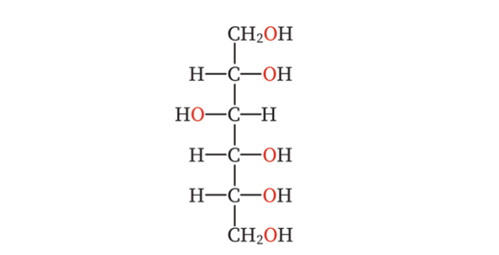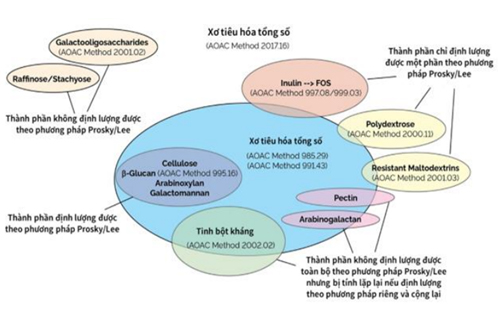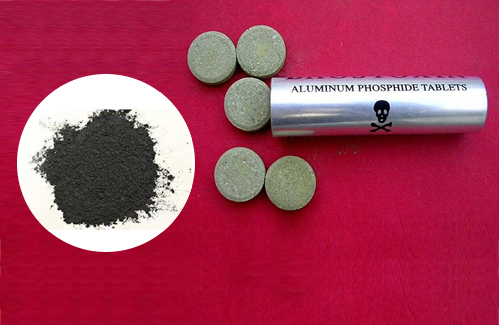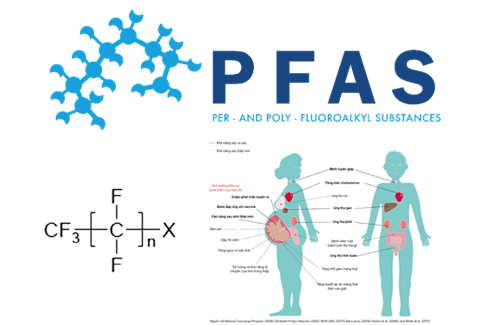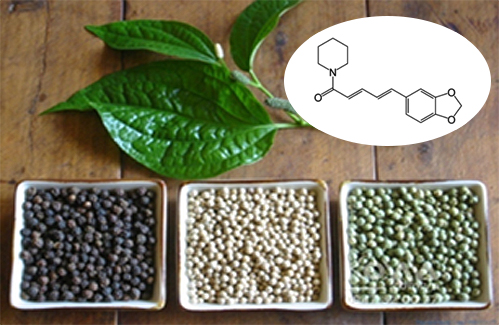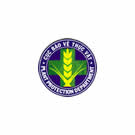- Folder Technical News
- Views 374
- Last Updated 20/12/2024
What is Listeria monocytogenes?
Listeria monocytogenes (L. monocytogenes) is a Gram-positive, facultative anaerobic bacterium that is motile. It does not produce exotoxins but has endotoxins that cause necrosis. L. monocytogenes can grow and develop at temperatures ranging from 1℃ to 45℃ and at a pH of 6-8, allowing it to survive for long periods in the environment but making it susceptible to pasteurization and cooking methods. L. monocytogenes causes an infectious disease known as Listeriosis. It is one of the leading causes of death from foodborne pathogens, particularly affecting pregnant women, newborns, the elderly, and immunocompromised individuals.
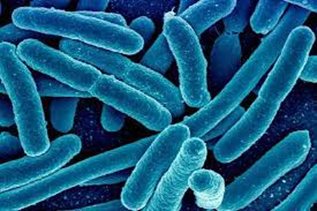
Figure 1. Illustration of Listeria monocytogenes
Symptoms of L. monocytogenes Infection
Depending on the severity of the disease, symptoms can last from a few days to several weeks. Mild symptoms may include fever, muscle aches, nausea, vomiting, and diarrhea. In more severe cases of Listeriosis, symptoms may include headaches, stiff neck, confusion, loss of balance, and seizures. For young children, the elderly, and those with weakened immune systems, Listeriosis can lead to death. Individuals infected with L. monocytogenes may exhibit symptoms within a few hours to a maximum of two to three days after consuming contaminated food. More severe forms of Listeriosis have an incubation period ranging from three days to three months. Symptoms include:
- Fever, diarrhea, nausea, vomiting, muscle pain, fatigue, and sometimes chills, or flu-like symptoms.
- Pregnant women often only show flu-like symptoms, but during pregnancy, this can lead to miscarriage, stillbirth, premature birth, or pose a threat to the newborn's life.
- Symptoms of meningitis: headache, stiff neck, loss of balance, and possible seizures.
- Symptoms of septicemia: patients experience high fever with chills or hypothermia, arrhythmias, low blood pressure, difficulty breathing, etc. These are dangerous cases with a high mortality rate.
Sources of L. monocytogenes Infection
L. monocytogenes is commonly transmitted during harvesting, processing, preparing, packaging, transporting, or storing in environments contaminated with L. monocytogenes. Livestock can also spread the bacteria within communities if they consume food contaminated with L. monocytogenes. Virtually all types of food can carry and transmit L. monocytogenes, but infections are more likely to occur when consuming dairy products, raw vegetables, contaminated meats, especially ready-to-eat frozen foods.
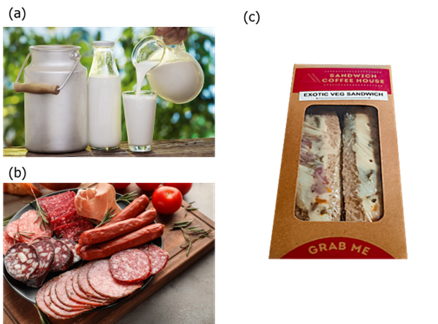
Figure 2. Some foods at risk of L. monocytogenes contamination
(a) Dairy products, (b) Processed meats, deli meats, (c) Ready-to-eat frozen foods
How L. monocytogenes spreads
- Via the oral route: When consuming food contaminated with L. monocytogenes, the bacteria enter the body through the digestive system. They can cause illness in the gastrointestinal tract or enter the bloodstream, leading to septicemia, or spread to the central nervous system, causing meningitis.
- From mother to child through the placenta or during childbirth. Pregnant women infected with L. monocytogenes can transmit the disease to the fetus, leading to miscarriage, stillbirth, premature birth, or causing the newborn to develop septicemia and meningitis within 1 to 4 weeks after birth.
- Young children, the elderly, and immunocompromised individuals can develop illness even from consuming small amounts of L. monocytogenes in food.
Global situation of L. monocytogenes infection
In 2022, 30 countries in the European Union reported 2,770 confirmed cases of listeriosis in the EU/EEA. From 2021 to December 5, 2024, 19 people from eight states in the United States were infected with Listeria, with 89% hospitalized, including cases related to pregnancy and one death in California. One of the largest and deadliest listeriosis outbreaks in the U.S. occurred in late summer 2011. This outbreak was linked to whole cantaloupes and was one of the few times this bacterium was associated with fresh food. The outbreak caused 146 illnesses, 29 deaths, and one miscarriage.
Situation of L. monocytogenes Infection in Vietnam
Currently, there is not much information on specific outbreaks of L. monocytogenes in Vietnam. However, this bacterium can still cause cases of foodborne illness and serious diseases, especially in individuals with weakened immune systems, the elderly, pregnant women, and newborns.
Diagnosis of L. monocytogenes Infection
Diagnosis of L. monocytogenes infection can be based on clinical symptoms and supportive tests. Here are some common methods:
- Stool tests.
- Blood tests.
- A lumbar puncture will be indicated if there is a central nervous system infection.
- Polymerase Chain Reaction (PCR) techniques.
Prevention of L. monocytogenes infection
Frozen ready-to-eat foods contaminated with L. monocytogenes have more opportunities to develop the pathogen the longer they are stored in the refrigerator. To slow down or prevent the growth of L. monocytogenes, store food at temperatures from 4℃ to -18℃.
Consumers should also follow these simple steps:
- Regularly clean the refrigerator and materials that come into direct contact with food.
- Wash hands with warm water and soap for at least 20 seconds before and after handling food and after any cleaning and sanitizing processes.
- Pregnant women, the elderly, and those with weakened immune systems should avoid consuming unpasteurized milk, fresh milk, cheese made from unpasteurized milk, raw sprouts, and raw fish.
- Pet owners should be careful to avoid cross-contamination when preparing pet food. Clean the pet food dish immediately after the pet has finished eating.
Testing methods for L. monocytogenes
Several methods are used to analyze and test for L. monocytogenes, with traditional culture methods being one of the common approaches. According to this method, L. monocytogenes is quantified using colony counting techniques at a temperature of 37 °C, following the TCVN 7700-1:2007 (ISO 11290-1:1996) standards. Additionally, molecular biology methods such as PCR (Polymerase Chain Reaction) and Real-time PCR are also used to analyze L. monocytogenes. In combined analysis methods, L. monocytogenes samples are cultured on agar plates, identified using the Malditof (Matrix-Assisted Laser Desorption/Ionization Time-of-Flight) method, and analyzed using 16S gene sequencing.
The National Institute of Food Safety regularly conducts testing for L. monocytogenes, with the capability to test food being the best in Vietnam. The laboratory is equipped with modern facilities and a team of experienced staff and experts, ensuring the provision of the best food testing services with the principles of integrity, dedication, accuracy, efficiency, and credibility.
Author: Phạm Ngọc Hà
Reference
[1] J. M. Farber and P. I. Peterkin, “Listeria monocytogenes, a food-borne pathogen,” Microbiol. Rev., vol. 55, no. 3, pp. 476–511, Sep. 1991, doi: 10.1128/mr.55.3.476-511.1991.
[2] CDC, “About Listeria Infection,” Listeria Infection (Listeriosis). Accessed: Sep. 21, 2024. [Online]. Available: https://www.cdc.gov/listeria/about/index.html





